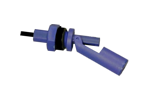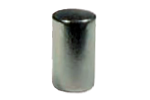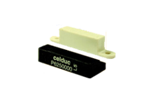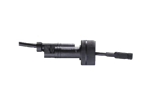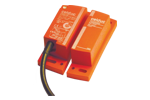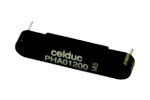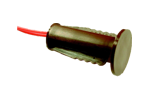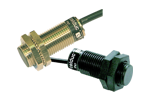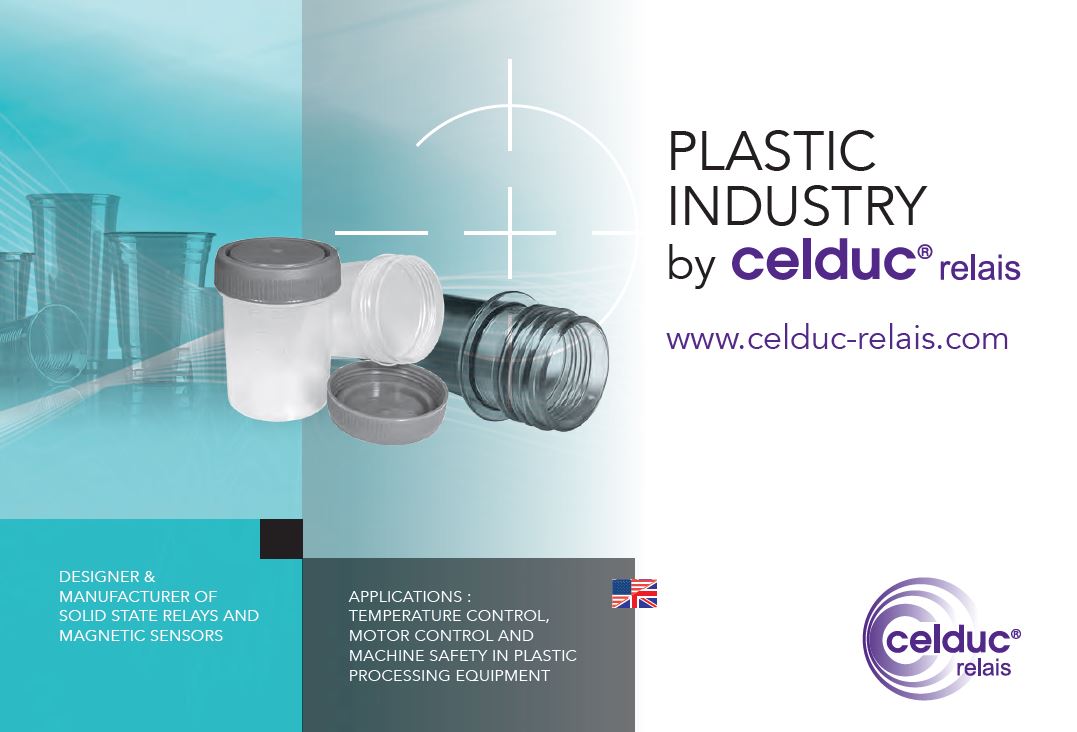Celduc® sensors are applicable for positioning, motion, level detection or speed. In addition to the many standard designs, customer-specific special solutions can also be offered.
Celduc® offers a large range of standard or specific level and flow sensors using Reed switches. Thesensors are available in plastic, brass or stainless steel housing, making it possible to use them with various chemical substances and/or operating temperatures.
Sensors eveloped to detect position of the window: open or closed (supervising of openings).Typical applications are alarm, heating, air-conditioning systems. In addition to sensors for monitoring openings on protected units, machine housings and access doors, Celduc® also offers sensors for household, industrial and reed proximity switches for PCB mounting.
Hall effect and gear tooth sensors complete the portfolio.
Sensors
Sensors
Magnetic proximity sensor - The sensitive element of the magnetic sensor may be a Hall cell, a magnetoresistive cell or a Reed switch detecting the presence of a magnetic field, in general a permanent magnet. It detects the position of the magnet without contact and transmits an on/off or analogue electric signal, according to the models.

Reed switch sensors - The REED switch or Flexible Blade Switch is composed of two or three ferromagnetic blades sealed in a glass tube filled with an inert gas, which will come into contact under the influence of a magnetic field.
The main advantages:
- No power supply necessary
- Operates in harsh environments
- The sensing ranges can be very large (depending on the magnetic sensitivity of the bulb, the power of the magnet as well as the magnetic environment)
- Economic solution
Reed switches and magnetic sensors using reed switches can switch AC or DC current. In Celduc’s technical datasheets the values given for current and voltage are the maximum values. It means that in DC applications it corresponds to the max. switching current and voltage. In AC applications these values are the peak values (to obtain the nominal value you should divide by 1,414).
Electronic sensors - Their principle of detection is based on the occurrence of a voltage proportional to the magnetic field on the Hall sensors and on a change in resistance also proportional to the magnetic field on the sensors fitted with magnetoresistance. The variations of these signals are processed in the sensor to release an On/Off signal or analogue signal to the user according to the client’s needs. These sensors need a power supply.
The main advantages:
- Operates at high frequency: > 20 kHz
- Not sensitive to shocks and vibrations
- Long lifespan

Sensors and connected objects - Connect the sensors to Celduc’s energy efficient mobile communication solutions! Using networks made for the internet of things, the energy efficient wireless connection modules can connect all types of detection needs. Because of Celduc’s professional expertise in the field of magnetic detection and the combination of reed technology and LPWAN networks (low-power wide-area network) the sensors are:
Autonomous: up to 10 years of uninterrupted use without changing or recharging the batteries
Connected: directly access the status of your position and level sensor from your mobile or computer and be alerted of any changes
Simple to use: no SIM card or complex parameters, manage the sensors directly from Celduc’s web platform and connect anywhere in the world with the same model
Economical: much more affordable than traditional mobile networks, LPWAN solutions are particularly well suited to connected sensors and now cover more than 90% of world territory



